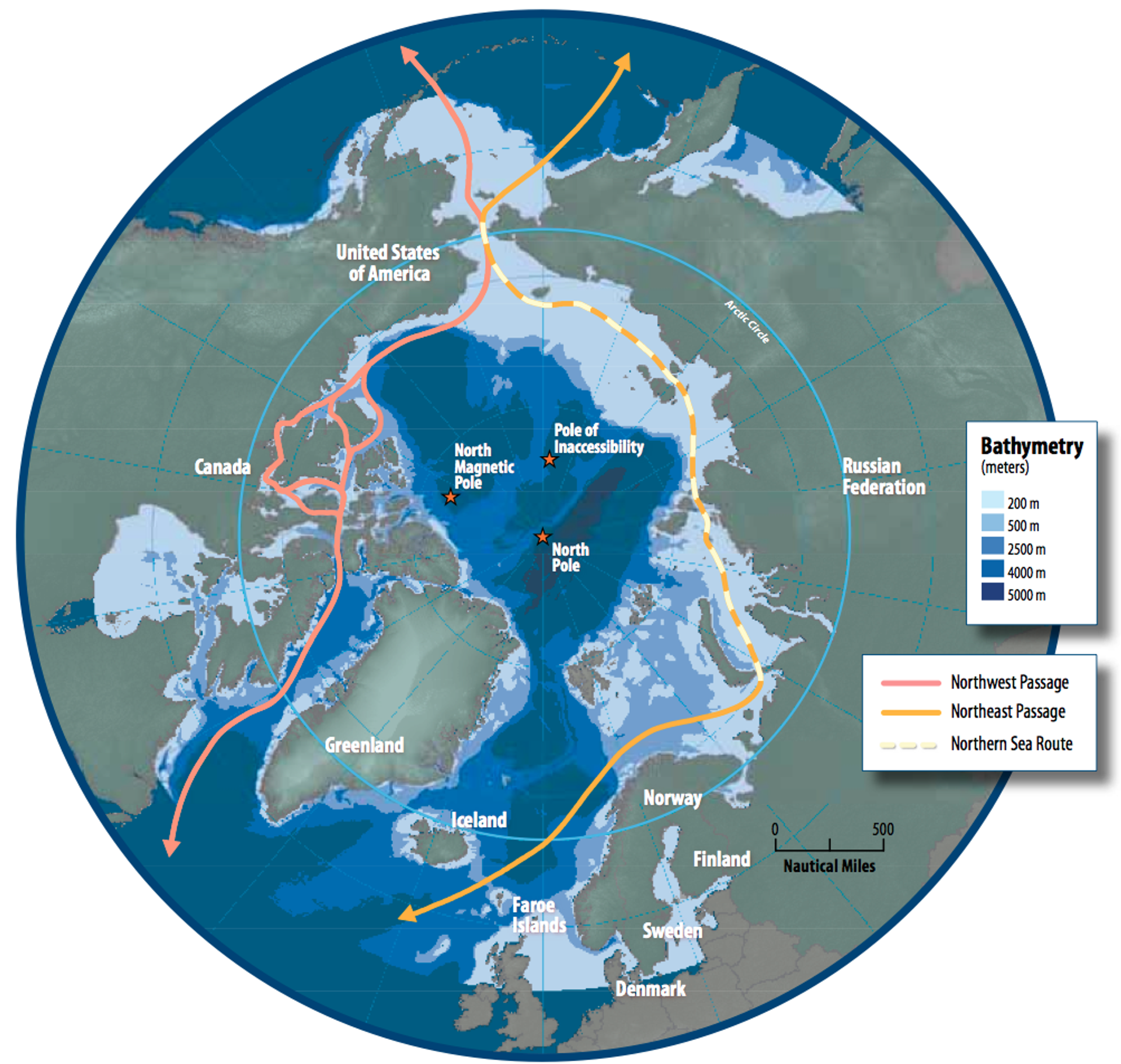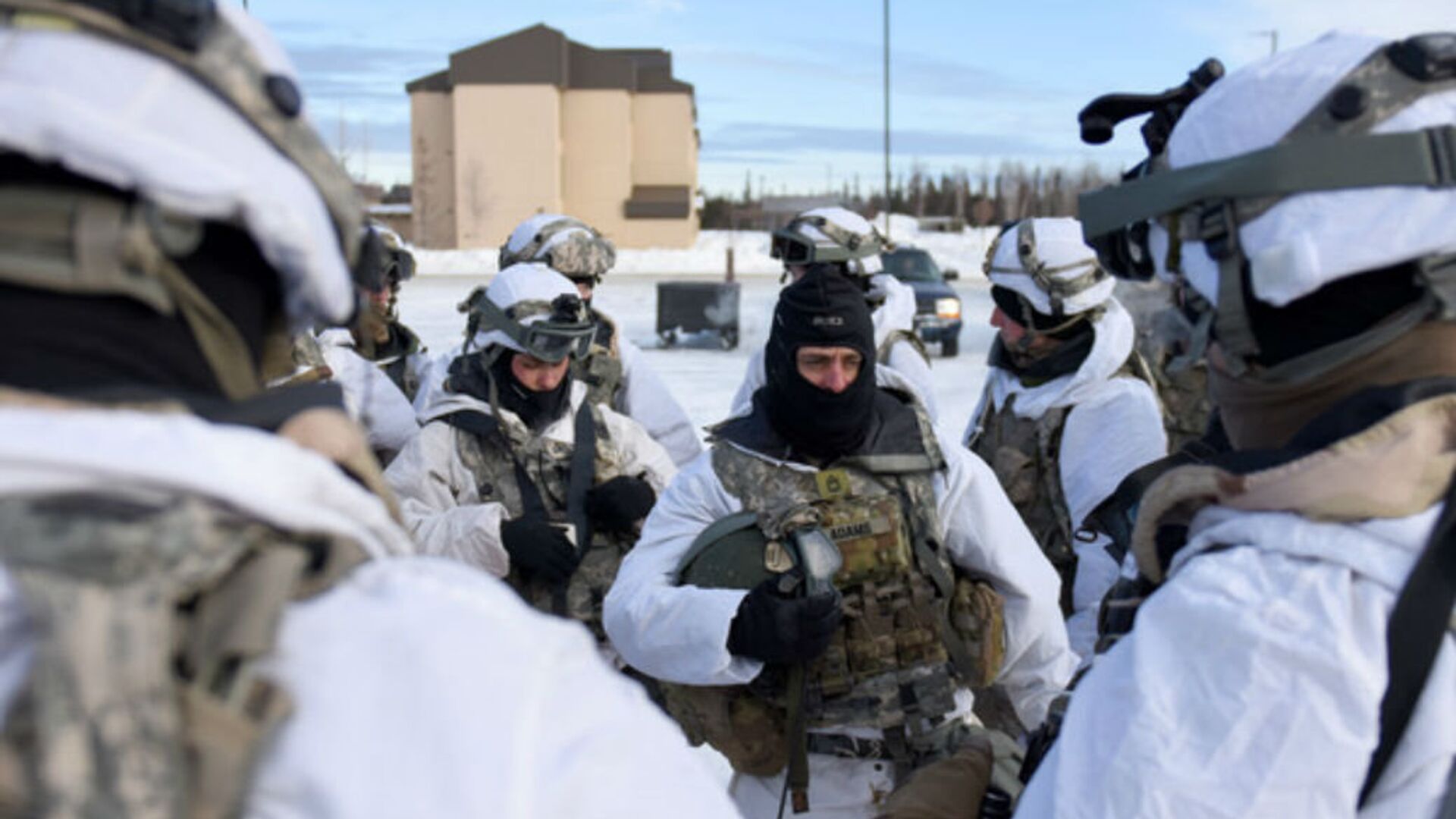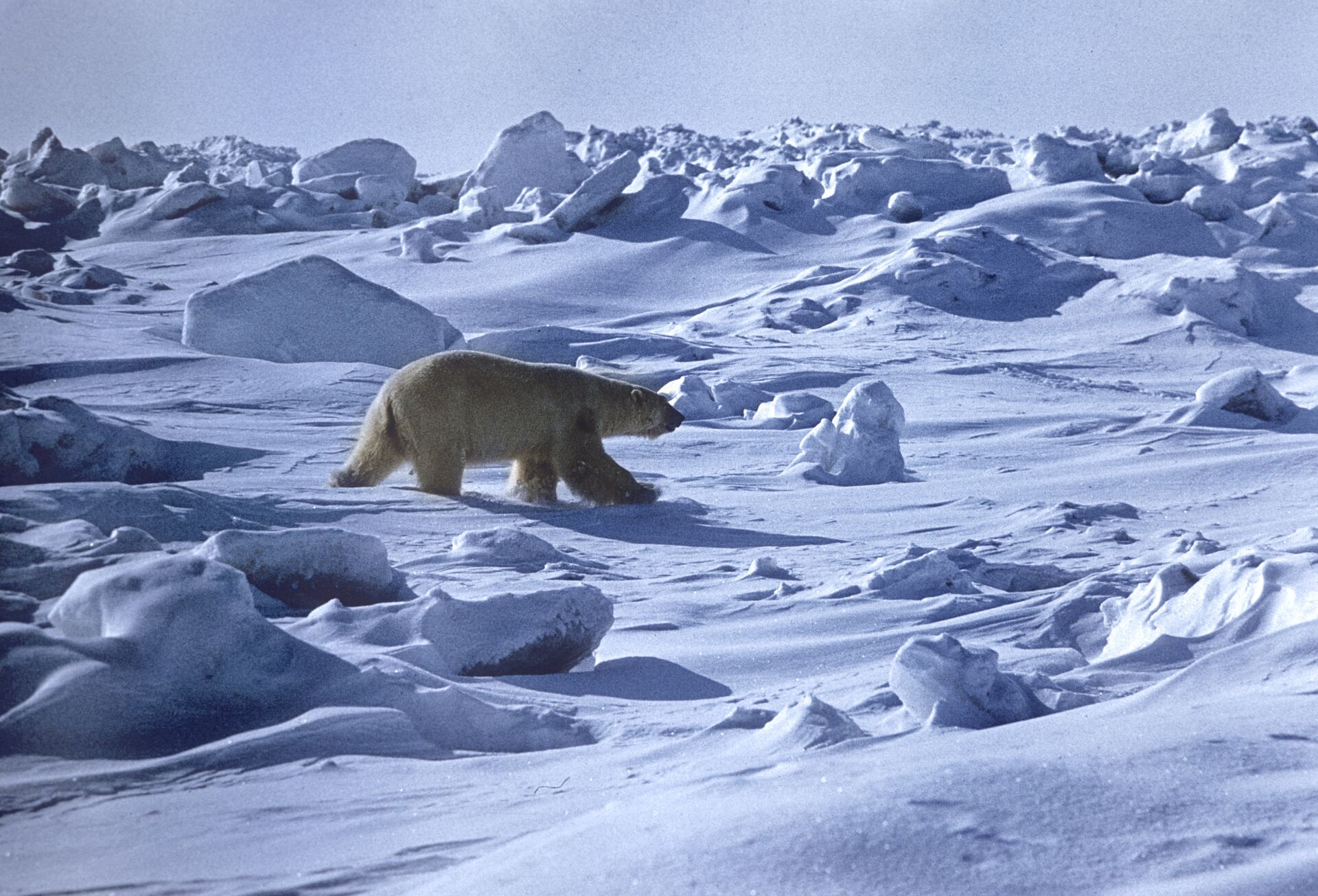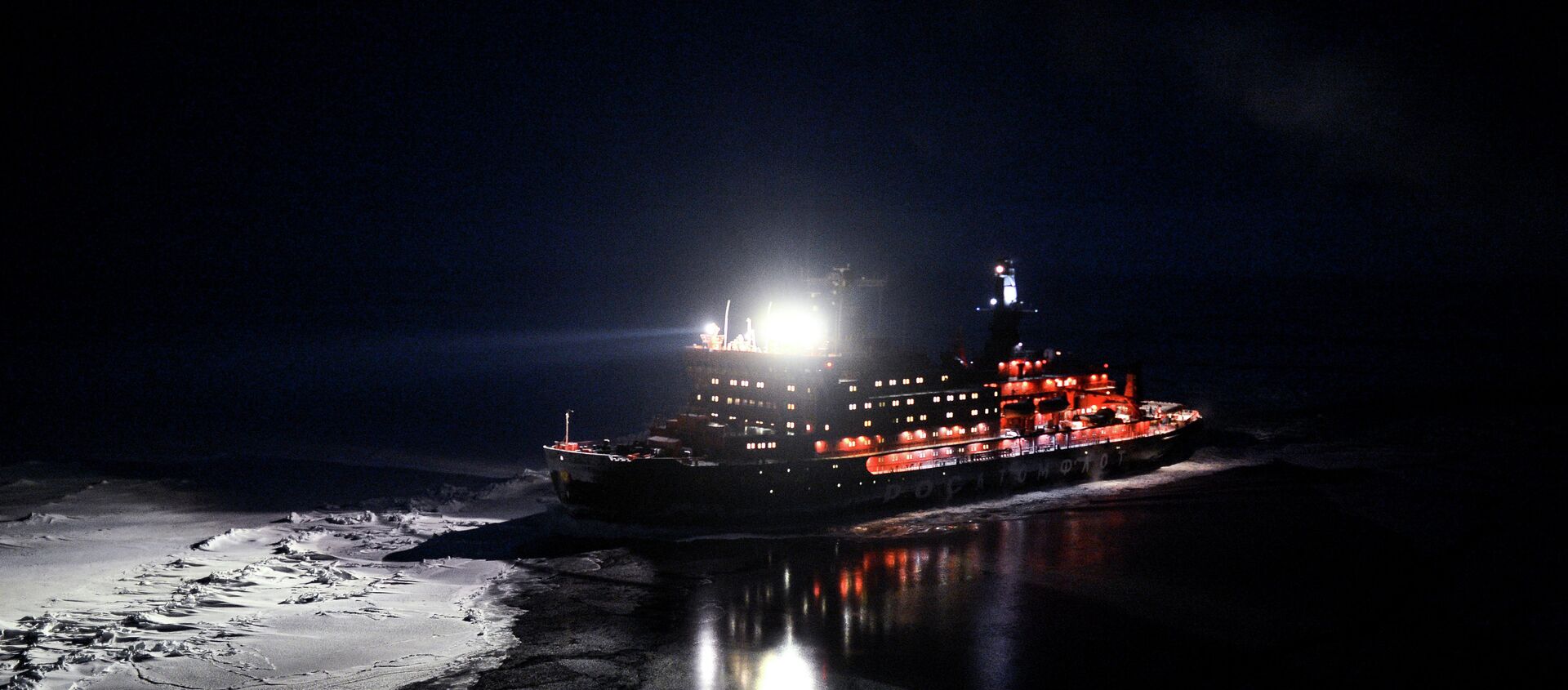Climate change may make the Arctic a new “theatre of conflict” between the United States and Russia, Secretary of State Antony Blinken has announced.
“Climate change exacerbates existing conflicts and increases the chances of new ones – particularly in countries where governments are weak and resources are scarce,” Blinken said in a speech to the Chesapeake Bay Foundation in Annapolis, Maryland on Monday.
“Climate change can also create new theatres of conflict. In February, a Russian gas tanker sailed through the Arctic’s Northern Sea Route for the first time ever. Until recently, that route was only passable a few weeks each year. But with the Arctic warming at twice the rate of the rest of the global average, that period is getting longer,” the secretary said.
Blinken went on to accuse Moscow of “exploiting this change to try to exert control over new spaces” via the modernisation of its military bases in the Arctic and the construction of new ones, “including one just 300 miles from Alaska.”
“China is increasing its presence in the Arctic, too,” Blinken added, without elaborating.
The secretary’s remarks follow comments by Russian Defence Minister Sergei Shoigu last week in which he reported that the US was working to beef up its military presence in the Arctic region, and indicated that Russia was actively developing the resources of its Northern Fleet to strengthen its defence capabilities and ensure the country’s national interests.
Russia is building several new nuclear-powered icebreakers to complement its existing fleet, which already includes over 50 icebreakers of various classes. The country has spent decades and billions of dollars to shore up its Arctic-adjacent infrastructure, building or repairing 16 deepwater ports and 14 airfields, establishing a new northern Arctic military command, deploying air defences and search and rescue infrastructure to the region, and making other preparations to turn the Northern Sea Route into a major international trade artery.

Earlier this year, outgoing Navy Secretary Kenneth Braithwaite vowed that the US Navy would soon be “operating again in a more permanent manner above the Arctic Circle” and doing so “more assertively” than in the past, carrying out South China Sea-style “freedom of navigation” missions in Arctic waters near Russia. Braithwaite promised that once the Northern Sea Route opens up and becomes navigable, the US Navy would “guarantee that freedom of navigation exists for our partners.”
In a related development, a recently released Pentagon report indicated that the US military does not see Russia’s Northern Sea Route plans as legitimate, characterising them as an attempt at an “unlawful regulation of maritime traffic.” How the US plans challenge the Northern Sea Route is another story, given both limitations in US icebreaking capabilities (the US presently has only one operational icebreaker), and Russia’s claims to wide swathes of the Arctic north of its coasts. The US plans to partially correct this situation by bringing three additional icebreakers online by 2024, and create two new deepwater ports for Arctic use in Alaska.
VERY BIG NEWS: a #UN Sub-Commission on the #Arctic confirmed the #Russia|n claim for parts of the Arctic as continuation of the Russian continental shelf (the claim submitted in 2015). This potentially opens up vast oil and gas resources for exploration: https://t.co/5tRYCcZW03 pic.twitter.com/ZqXJ0BTkrn
— Alex Kokcharov (@AlexKokcharov) April 3, 2019




